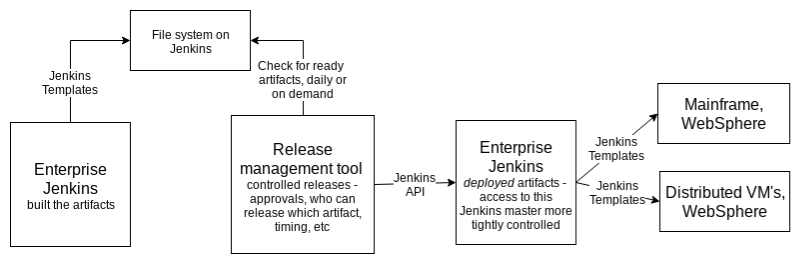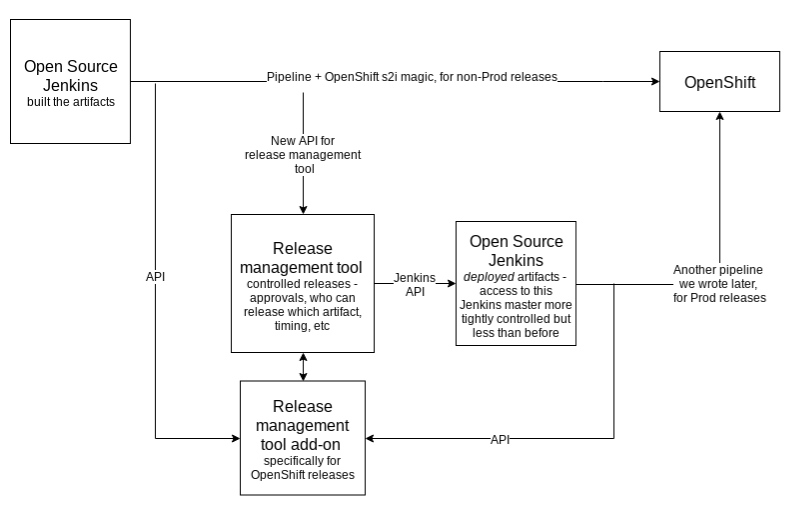Two Kinds of Assholes
We’re going to use the word “asshole” a lot in this post. We both actually really love to swear, but if it offends you, feel free to skip. Sometimes that’s the most accurate word, though.
We work in a lot of different cultures with a lot of different strong-willed people. We are also both, as you may have noticed, extremely strong-willed.
Within these different cultures, we have individually and also together been accused of being arrogant and overbearing. We’ve found that in order to make change, it takes being willing to ignore people telling you to stop making change, and that often leads to this conclusion of arrogance or overbearingness. We’ve talked before about the ways that people try to stop you from doing what you think is right, about the ways they attempt to control. Some additional are, they’ll say you’re going to fail, or that you’re wasting your time, or that change is impossible. They’ll say it’s more complicated than you think, and unless you check and double-check all of the boxes and track down a million threads and make sure we’re all safe oh no panic eyes, you’re doomed to failure.
We have made a career out of transforming culture and bringing new perspectives by ignoring doubters, pushing forward, and taking risks that other people said were stupid. We ignored them after we tried to figure out if they were right, but often when we’d ask why they said what they said, they weren’t even sure themselves. So… we paid attention and we considered, but in general, we’ve had to learn how to ignore…a lot. At great personal and professional cost, although it always worked out really well over time.
The people we ignored, in addition to saying that we were arrogant and overbearing, also said that we were self-centered, and cruel. Based on their summaries of our actions, it might be fair to say that we are, both of us, assholes. Based on that, we came up with the following definition in an attempt to understand what people would say about us, and people like us:
Asshole: (n) a person who cares less about you and what you think than you would like.
But that definition was incomplete, and, honestly, kind of perplexing to both of us. As is often the case, the concept behind “asshole” seemed to mean (at least) two very different things – and one of them was accurate about us, and one of them very much was not.
Hot Take of the Day: There are Really Two Kinds of Assholes
As far as we’ve been able to puzzle out, there are (at least) two primary kinds of assholes – or two categories of people who are called assholes.
Type 1: A person who doesn’t care about anyone other than themselves
This is the worst kind of asshole. There are a lot of other names for this kind of person, but one of the most accurate is “selfish” – they use people. They think that people owe them…something, and they get angry and mean when the world, and the people within, don’t deliver on that …something. They hurt people, and abuse them, and ignore them. They’re controlling, and manipulative, and unkind. They often ignore feedback, and they proceed, blind and numb, toward their own end goals.
They may be good people, and they may have objectively good motives for what they do. But they also generally are quick to dismiss people as people – they do not see other people as inherently worthy of some amount of consideration and humanization.
Treating people as somehow less than human is awful, and it’s been the source of immeasurable amounts of damage from people with some kind of power over the people they see as “less human.”
Type 2: A person who does what they believe to be right, despite what other people think about them
I’m tired and angry, but somebody should be.
– Halsey, Nightmare
This is the kind of person who believes that there are more important things that people’s opinions of them.
They are often confused with Type 1 Assholes, but the key difference is how they actually feel about other people. They care about other people, deeply, and they see inherent value in literally everyone. However, they have bigger concerns than other people’s approval. Typically, this kind of asshole is actually a reformed, scarred former people-pleaser.
people-pleaser: (n) a person who has an emotional need to please others often at the expense of his or her own needs or desires
This kind of asshole has probably spent time trying really hard to take care of, or make happy, someone else – maybe multiple someone elses – and has had a series of events happen to them that broke their ability to do it. Probably they too suffered personal or professional losses when the ability to try to make everyone else happy fell down. Somewhere along the way, they learned that being themselves, and doing what they think is right, is more important than the (conditional) approval of other people.
With all of the resources they get back from actually taking care of themselves, these people also tend to have causes. Things that they care deeply about, a Big Important Purpose, probably related to the battles they won along the way to being free. that they care about more than Type 1s: they care about people, and aren’t selfish – they are just concerned about more than other people’s approval. Things like, Solving World Hunger, or Actual Digital Transformation, or Helping People Who Have Big Sad Scars. Or Soul Repair.
These people often get their approval from something other than the people around them – they have to, because they know that that doesn’t last. They aren’t success- or fame- or money-driven, and maybe they just…rest in the Jesus Cheat and God’s love, and they know and work to accept that they were made Just Right and for an important reason.
This one is us.
Maybe “Asshole” isn’t All Bad…
In conclusion…
Don’t be a Type 1 Asshole. Care about people. Figure out your hurt and your strife enough to be able to see the people around you, and know that they are not responsible for making you happy.
But also…maybe don’t try so hard not to be a Type 2 Asshole. Don’t worry about being perceived as “nice,” or about modifying your soul to fit what might make other people happy. Care about people, and love them deeply, but care more about you and what you bring to the world and what you know is right. People, the right people who love actual you, will show up in your life when you are self-consistent (and you let them).






 Come, all you weary.
Come, all you weary. So you’re a Java/C++/web developer and you’ve heard about all of these “cloud native” technologies, and containers, and you’re wondering “excuse me, what is a Kubernetes please, and why do I care?”
So you’re a Java/C++/web developer and you’ve heard about all of these “cloud native” technologies, and containers, and you’re wondering “excuse me, what is a Kubernetes please, and why do I care?”